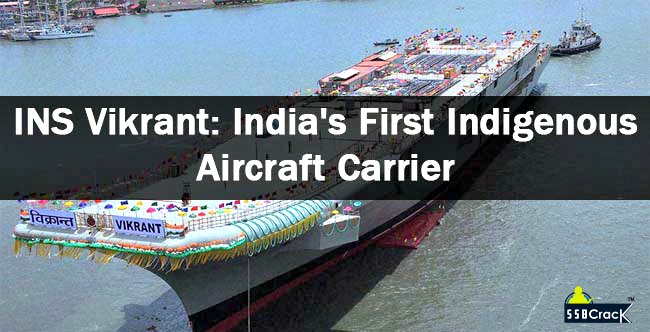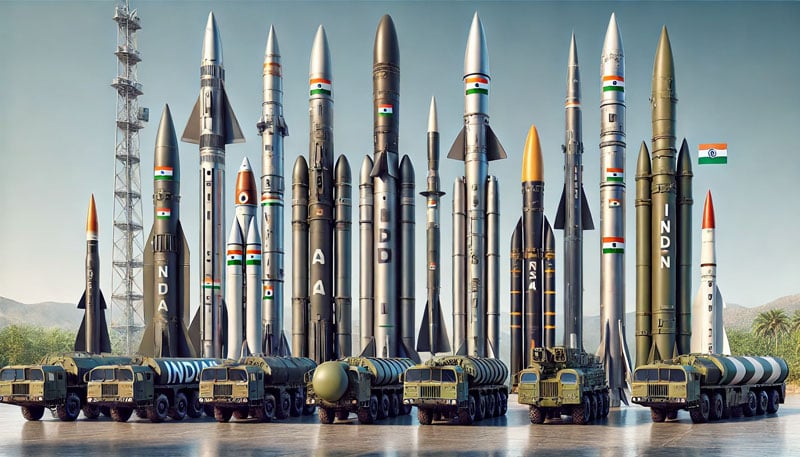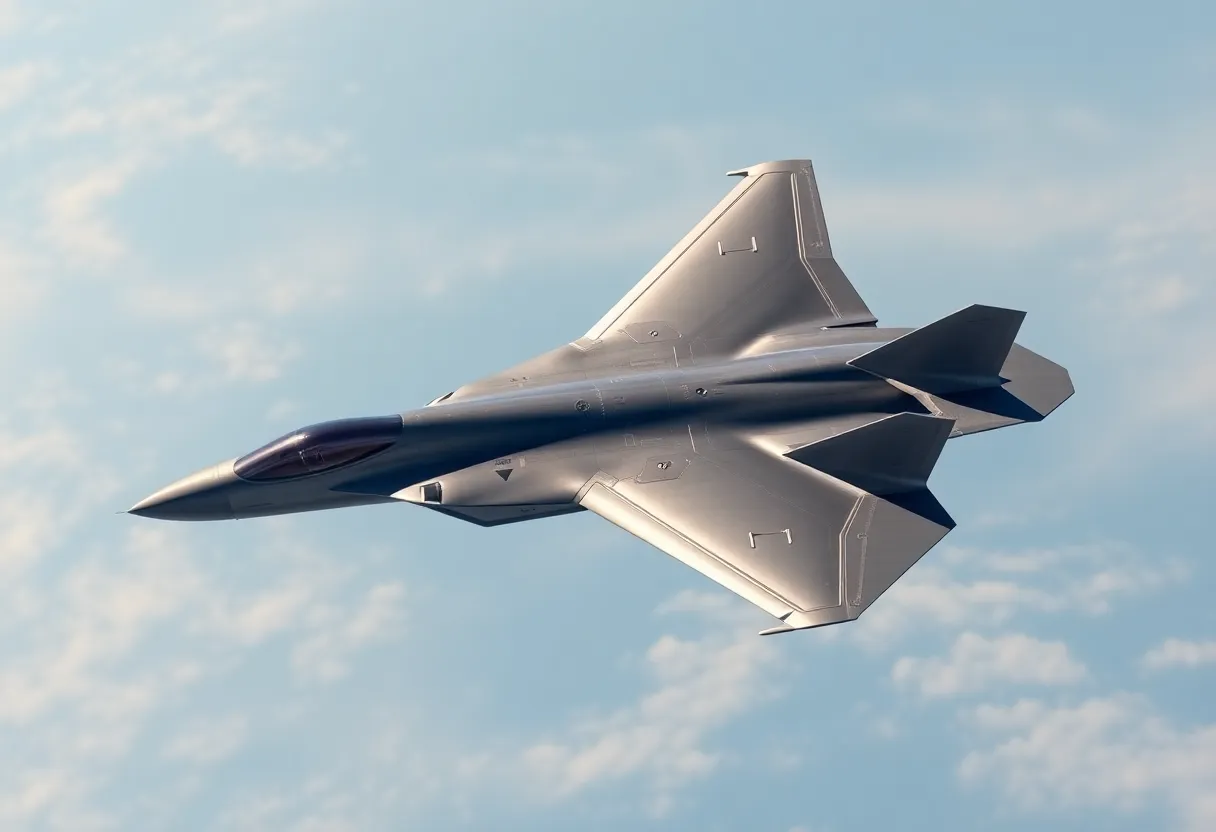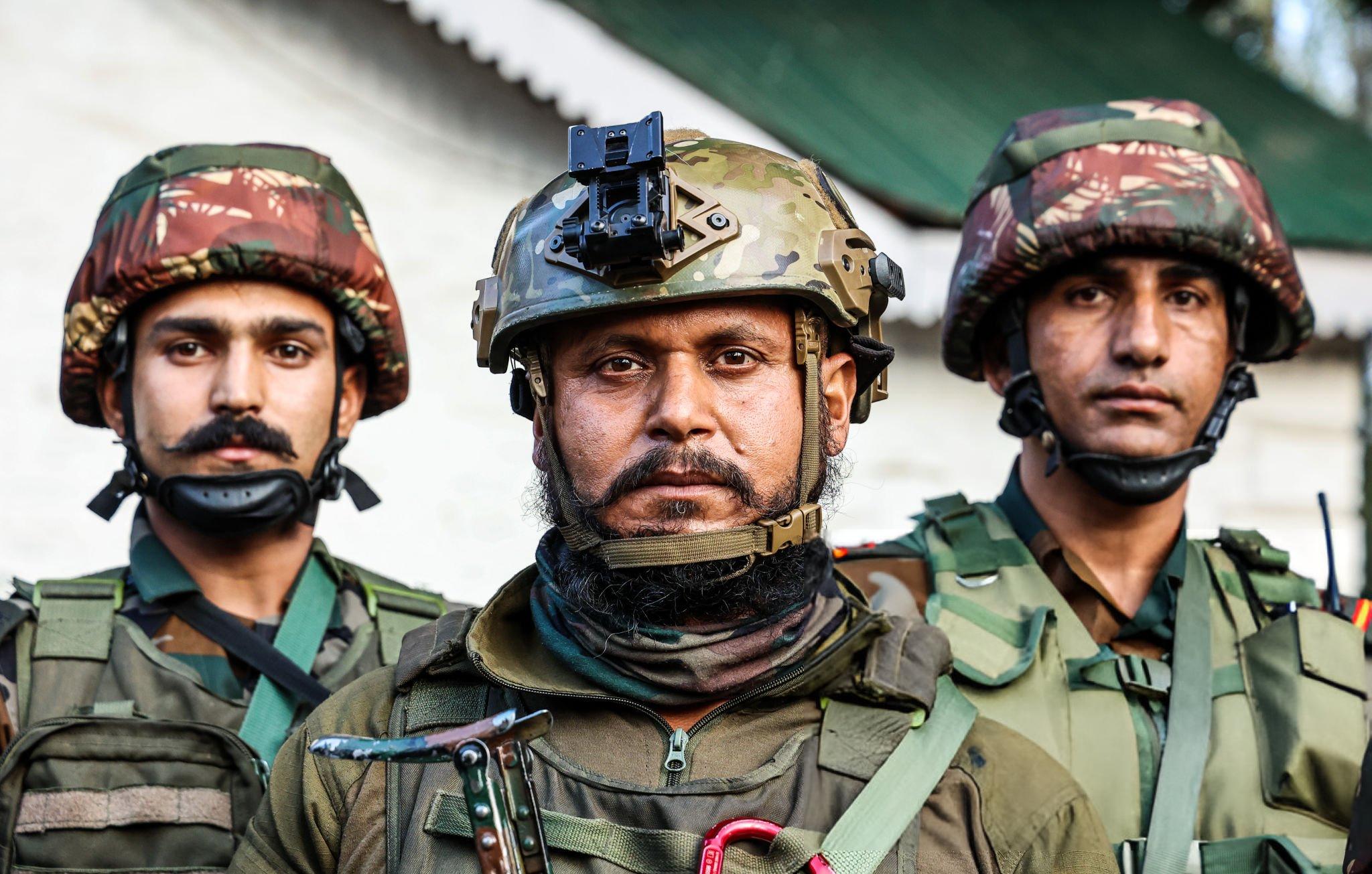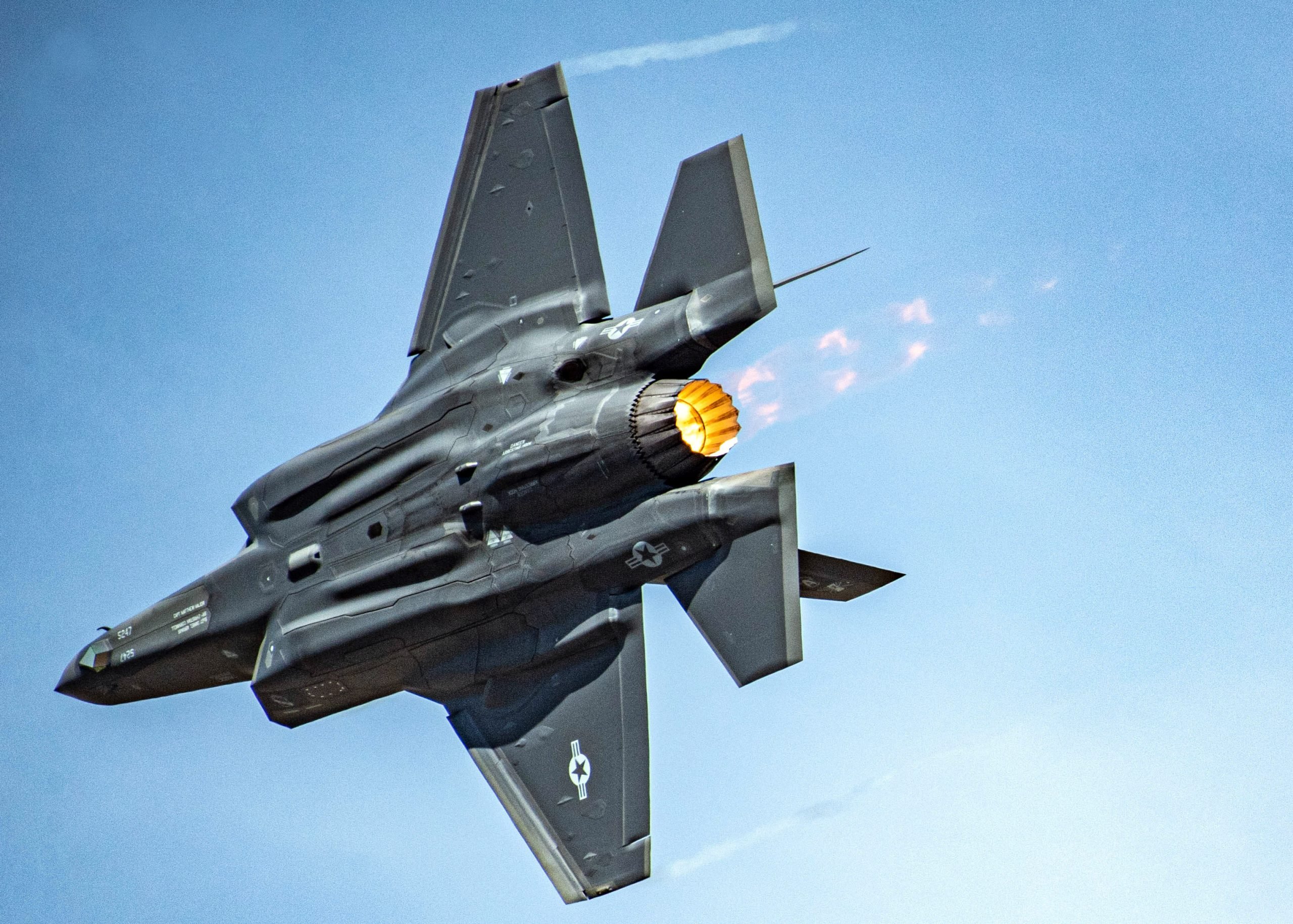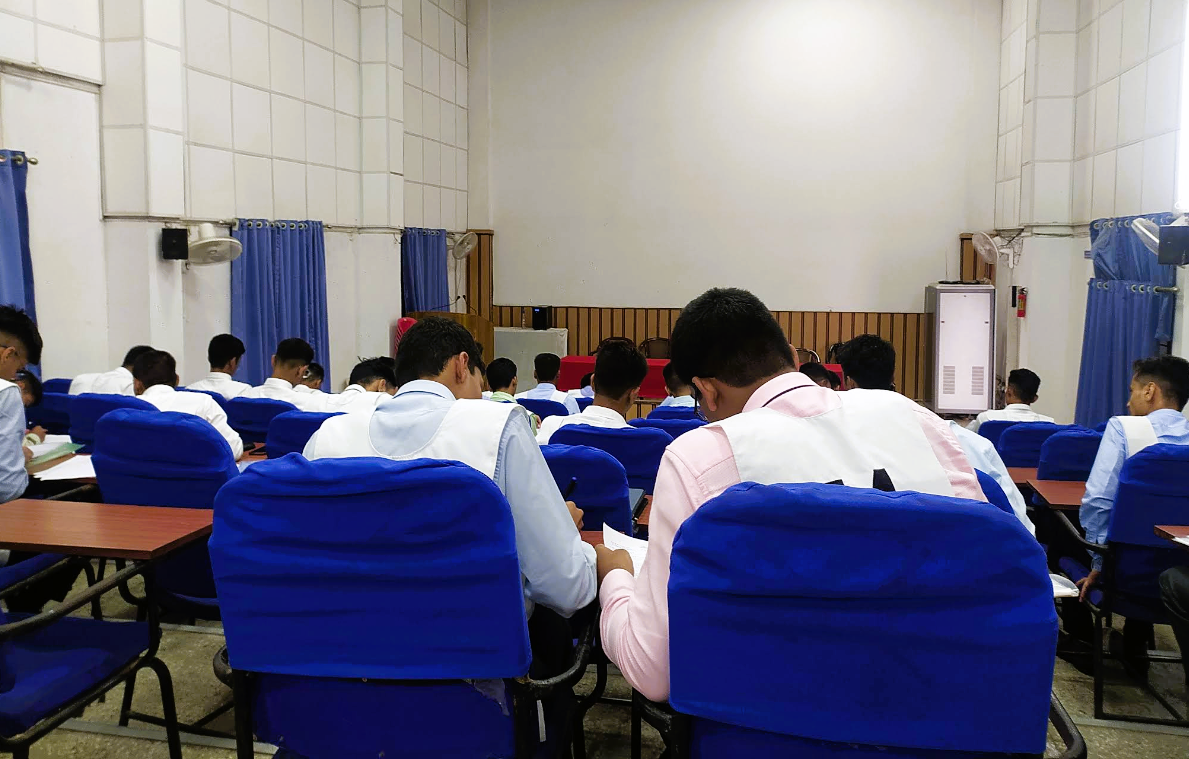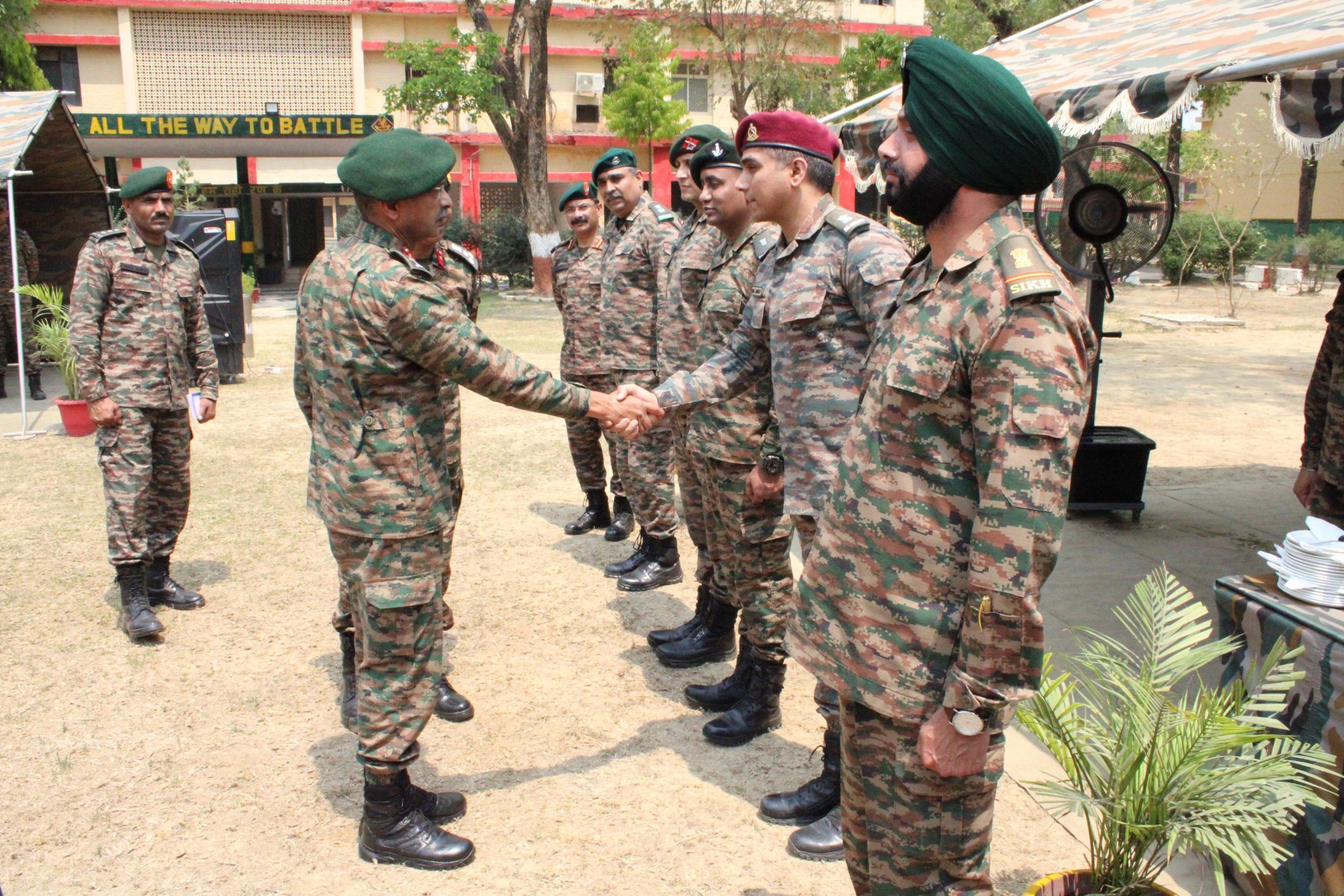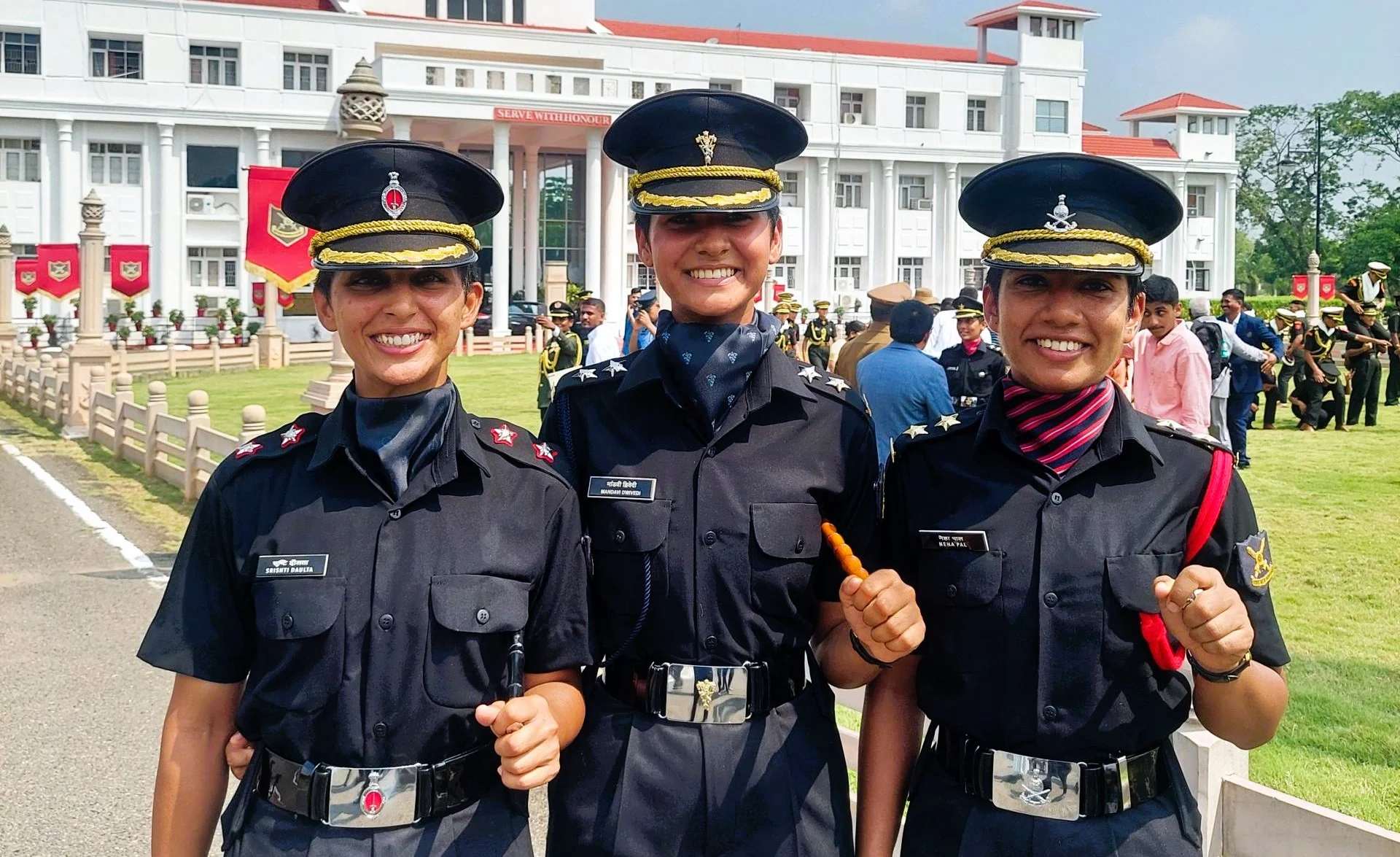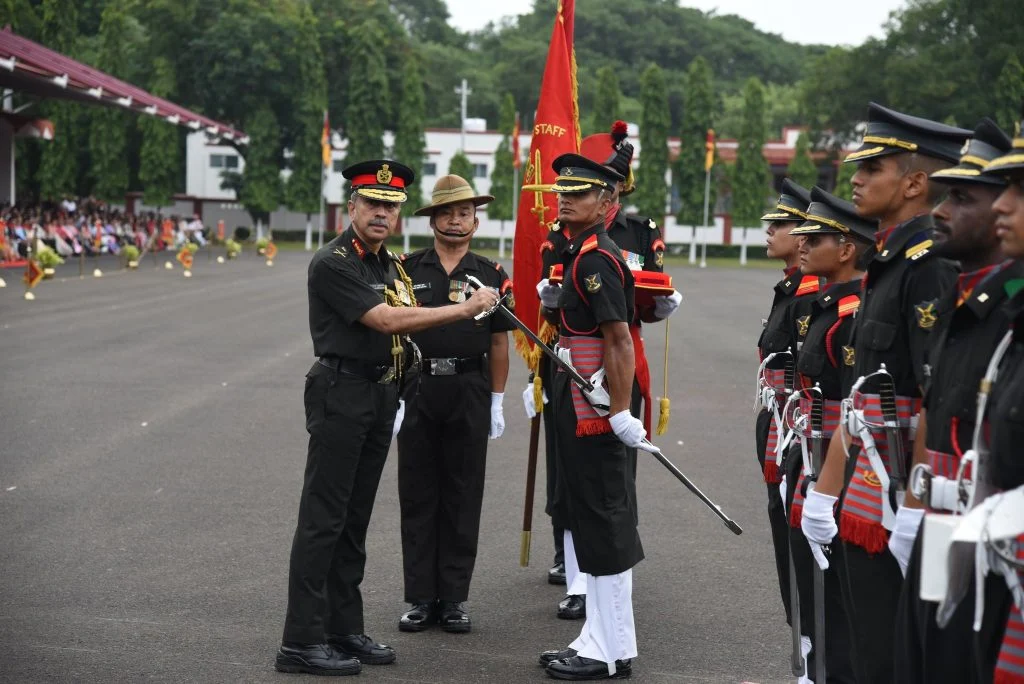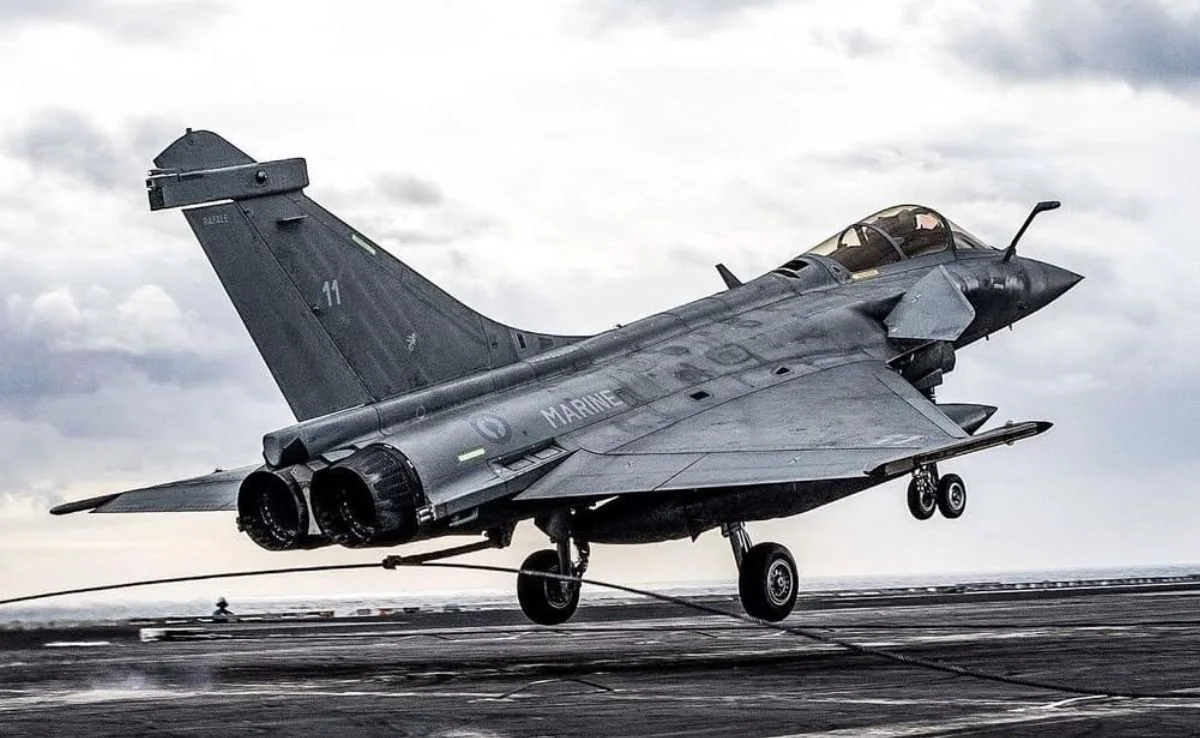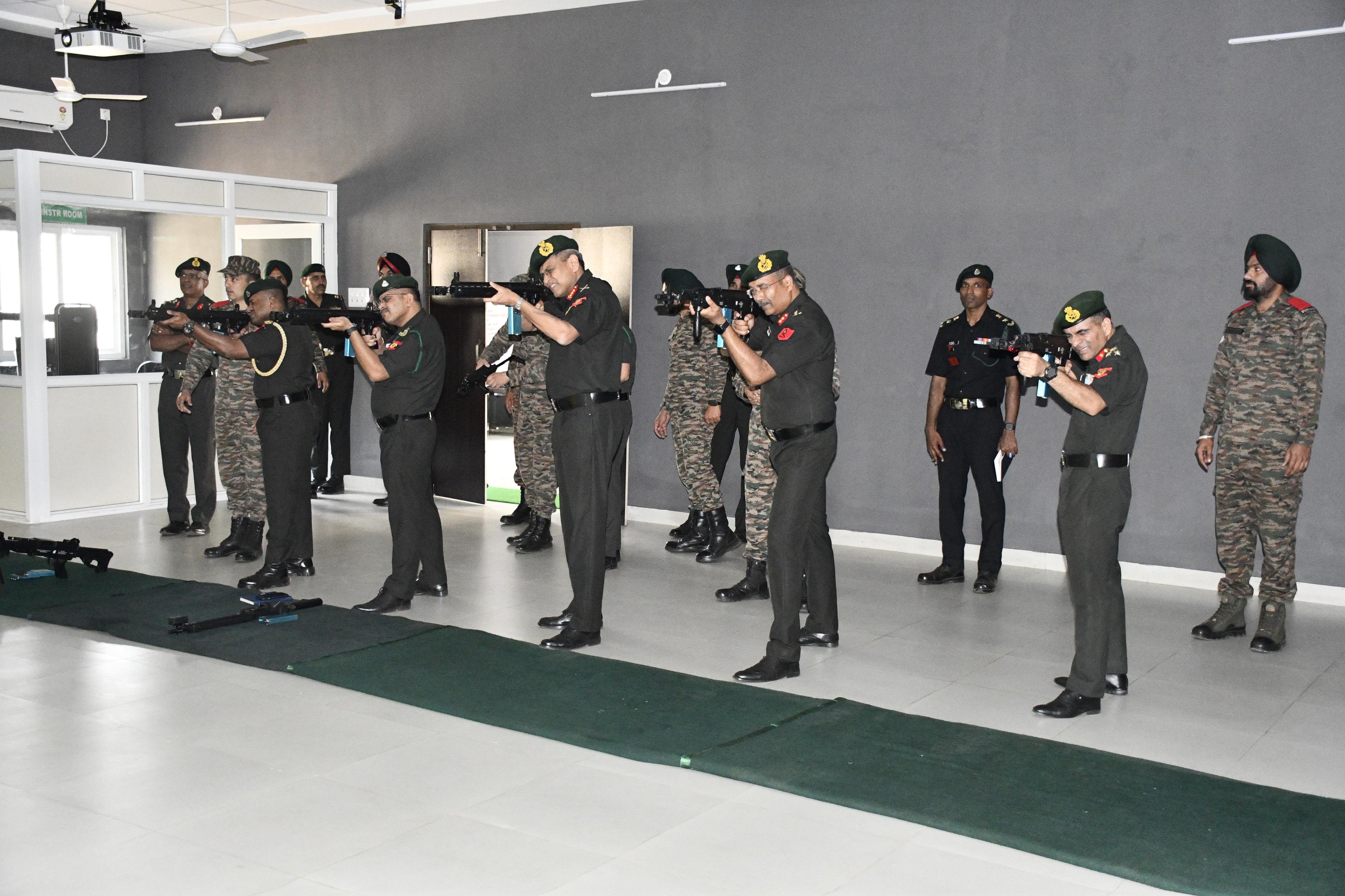Indigenous warhead development, these days, is seen much often in India. Last few years or we can say decade, has been very much fruitful for India in the field of developing machines by itself. From Mangalyaan Mars Orbit Mission to Tejas and AMCA (which is under development) had taken India in the list of toppers of great minds.
INS Vikrant is an aircraft carrier that is indigenously built by India on Cochin shipyard for Indian Navy. Former Defense Minister A.K.Antony laid down the foundation stone of INS Vikrant in 2009 at Cochin Shipyard. It is 260 meters long and 60 meters wide. It has two takeoff runways and a landing strip with three arresters for safe landing. It can carry MiG-29 and indigenously built HAL Tejas LCA has also been tested on it. Helicopters like Kamov Ka-31, Westland Sea King, and HAL Dhruv can also be carried by Vikrant. After completion, Vikrant can carry 36 fixed wings jets. According to the sources, 30% of weaponry, 50% of the propulsion system and 90% of body work was done in India. Completely indigenous construction is never preferred by any country as it leads to a costly deal to build a warhead entirely by themselves. One of the elite features of this aircraft carrier is STOBAR with ski-jump, a technology which is only used by Russia and China in their aircraft carriers. This technology is a combination of short take-off and vertical landing and catapult assisted take-off but with arrested recovery (CATOBAR). But, unfortunately, there are few of its shortcoming too. Firstly, it leads to more stress on airframes of aircrafts and secondly, it only works for the jets which have high thrust to weight ration such as MiG-29K or Su-33, making it a gain and loss deal for INS Vikrant. 
Some types of over running funds and delay in construction were encountered in its production. But soon after Mr. Narendra modi took over as the new Prime Minister, the construction work was accelerated and a fund was allotted for uninterrupted development. India and U.S. are planning to sign cooperation in exchanging aircraft carrier technology.
Why Recently in News:
INS Vikrant, the first of the two planned Vikrant class carriers, is recently undocked from Cochin shipyard. The second ship of the same class is assumed to be completely different from this ship. Its construction was completed in 2013 when it was launched after marking the completion of Phase 1. Its successful undocking marked the completion of Phase 2. It will undergo complete trails and testing phases before induction in Indian Navy. Basin trails and Sea trails will be done prior to its handing over to Navy. The successful construction and positive working of it enlisted India’s name in the list of an elite group of four nations namely US, UK, France and Russia.
Conclusion:
Indigenization in the defense sector has made India self-dependent and also improved the status of India in recent years. India has a bit less (90-100) nuclear warhead as compared to 250 of China and 110 of Pakistan. And Indian Air force is also going through the shortage of squadrons. In that case, indigenous strengthening is necessary prior to the occurrence of any alarming stage for the nation.

